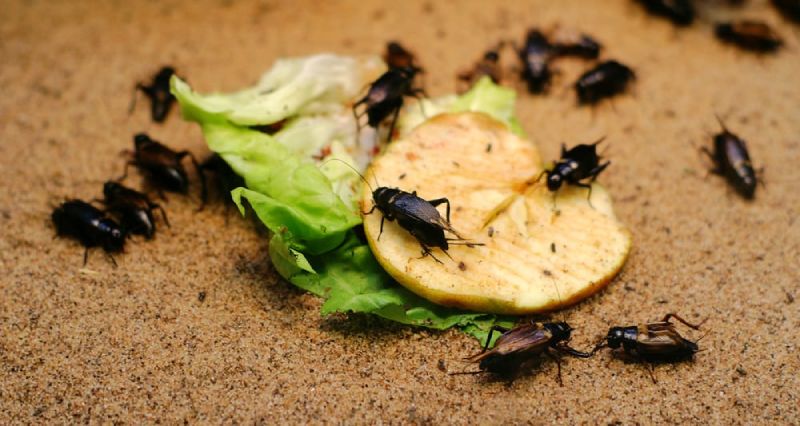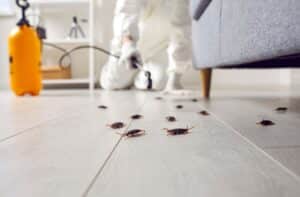When it comes to general home pest control and prevention, one of the chief factors at play is limiting food sources. Many pests invade your home in search of food, and they’ll quickly identify badly sealed food sources or other areas where they might be able to access it.
At A-1 Exterminators, we’re here to help you prevent pest infestation for any reason through our pest control services, which cover everything from bed bugs and other insects to larger pests like birds and rodents. And while human food sources look appealing to virtually all pests, many of them – especially the smaller types – have different typical diets they tend to feed on in the wild. And if these kinds of food sources are present in your home, they may lead to an infestation. With this in mind, let’s go over the general eating habits of a few common pest types, starting with well-known ant types, to give you an idea of how different insects operate here.
Ant Eating Habits
Did you know that there are over 12,000 different species of ants out there? This is one of the single most diverse pest types out there, and its general diet is just as varied. Ants are technically considered omnivores, but the simple reality is that they’ll eat just about anything. Virtually all types will forage for food in some way, branching out from their nests in search of food sources and often collecting them near the nest when found.
In addition, however, many types of ants will eat each other if they cannot find other food sources. They’ll also often consume other smaller insects. Finally, ants love water anywhere they can find it – they love it so much that when a single ant finds a water source, they will release a chemical trail that attracts other ants to the area.
Scorpions
Scorpions are a slightly larger insect, and they’re generally even more predatory than ants. While ants will certainly eat other insects or even other ants in some situations, they also enjoy other foods – scorpions look to prey for their primary diet. They eat spiders, lizards, small rodents and, yes, other scorpions. They do this by using their stingers to inject venom, which paralyzes the prey so it can be eaten.
Grasshoppers
Grasshoppers, on the other hand, are not carnivorous at all. They do not eat each other or other insects, preferring plants and crops such as corn, grass and wheat. In fact, they’re generally more of a threat to home gardens than they are to the actual indoor space, which tends not to contain much food they enjoy.
For more on the eating habits of various pest types, or to learn about any of our pest control services, speak to the staff at A-1 Exterminators today.



